Topics
Topics
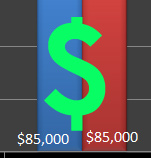
Salaries for UX Researchers, Designers, Managers and IAs
Last year we reported on the results of the UPA salary survey. As with years past, experience is one of the biggest predictors of salary, along with whether you are a manager, have a PhD and live in the Northeast or West Cost of the US. UX is quite a broad field so I wanted
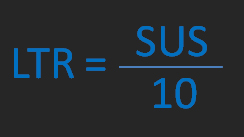
Predicting Net Promoter Scores from System Usability Scale Scores
Introduced in 2003 by Fred Reichheld, the Net Promoter Score (NPS)® has become a popular metric of customer loyalty in industry. The NPS uses a single Likelihood to Recommend question (“How likely is it that you would recommend our company to a friend or colleague?”) with 11 scale steps from 0 (Not at all likely)

The Most Popular UX Articles of 2011
Thank you to the 585k visitors and 1.3 Million page views on MeasuringUsability.com in 2011. Of the 52 articles written in 2011, in ascending order, here are the 15 most popular: Reversing the order of survey items probably hurts more than it helps: Many surveys and questionnaires include a mix of positive and negatively worded
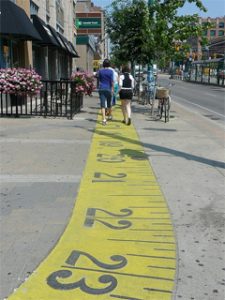
10 Ways to Measure & Manage the User Experience
Improving the user experience means starting with the right measure or measures to manage. Here are 10 of the more common ones I’ve written about: SUPR-Q: The Standardized Universal Percentile Rank-Questionnaire is a 13 item instrument for measuring website usability, credibility/trust, loyalty and appearance. Scores are based on a database of 200 websites from tens

Measuring User Interface Disasters
Completion rates are the gateway metric. If users can’t complete tasks on a website, not much else matters. The only thing worse than users failing a task is users failing a task and thinking they’ve completed it successfully. This is a disaster. The term was made popular by Gerry McGovern and disasters are anathema to
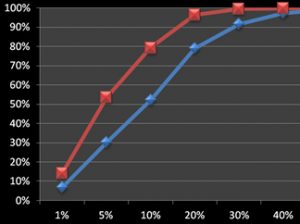
How to Find the Right Sample Size for A Usability Test
It’s usually the first and most difficult question to answer when planning a usability evaluation: What sample size do I need? There are some who will just say it doesn’t matter what the sample size is because usability is qualitative…and after all any users are better than none. Others will say that you only need

10 Essential Usability Metrics
There isn’t a usability thermometer to tell you how usable your software or website is. Instead we rely on the impact of good and bad usability to assess the quality of the user experience. Here are 10 metrics you should be familiar with and ready to use in any usability evaluation. 1. Completion Rates: Often

The Growth of UX Organizations
UX professional salaries have increased 7% from 2009 to 2011. During that same period the profession has also grown. For the last two Usability Professional Association Salary Surveys (2009 and 2011) respondents were asked how many UX Professionals there are in their company and the total size of the company. In 2011 the question posed
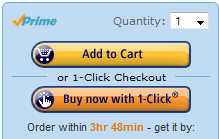
Click versus Clock: Measuring Website Efficiency
Everything should be 1 click away. It takes too many clicks ! For as long as there have been websites it seems that there’s been a call to reduce the number of clicks to improve the user experience. This was especially the case after Amazon released its one-click purchase button in 1999. Executives, product managers

The Right Tool for the User Research Method
There are many great methods for gathering insights from users. And there are definitely many software programs and services to help. Instead of making a long list of them I’ve presented the few I use the most when conducting user research. Lab Based Usability Test The classic method of usability testing involves bringing users into

Measuring Usefulness
Is it easy to use? As important as that question is, there’s one that’s more important: Is it useful? First and foremost, a product, website or application should solve a problem, fill a need or offer something people find useful. In fact, people are willing to put up with poor usability if a product delivers

When Credibility And Trust Matter More Than Usability
Build it and they might come. Build trust and they might stay. Make it usable and credible and they may tell their friends. The first step in building a successful website is to provide something people want or need—like a product, information or service. After that, it better be easy to use. Now you may